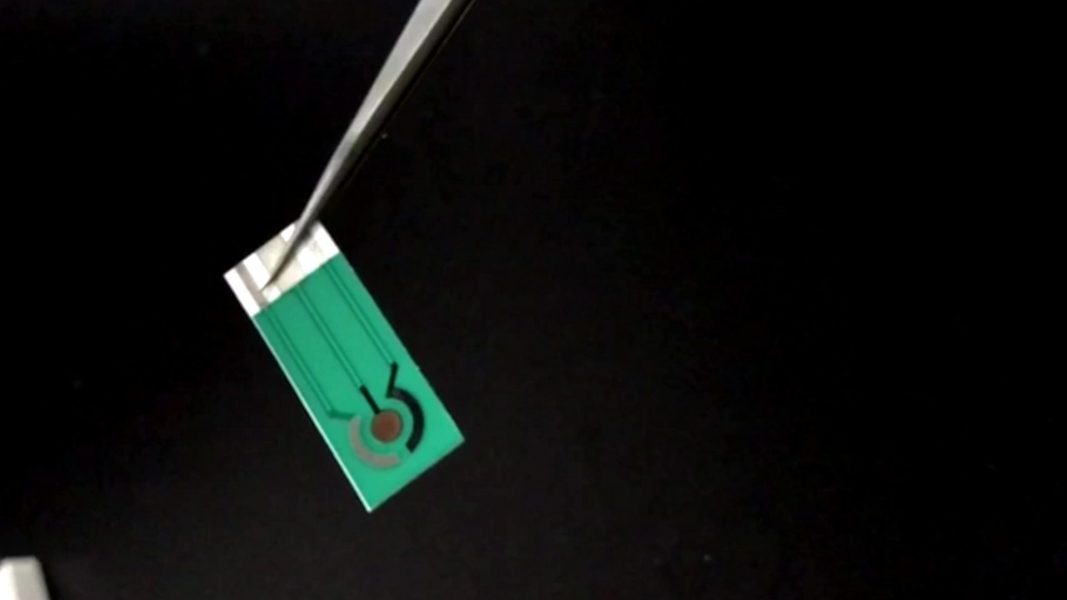The interactions between nucleic acids and proteins are essential to cell growth. Biosensors can be designed to mimic these molecular binding events, and by enhancing the binding interactions, ultrasensitive and rapid sensing capabilities are possible.
In an article in Advanced Functional Materials, Dr. Fan Yang and Prof. Guo-Jun Zhang from Hubei University of Chinese Medicine, and co-workers, engineer a trans-scale biosensing interface with high-curvature gold nanostructures.
Fabricating the sensor involved a one-step electrodeposition of gold directly onto a macroscale, screen-printed carbon electrode (SPCE) with a nanoroughened surface. The surface contains pores where the gold(III) ions can effectively nucleate and grow into spherical, fractal, and flower-like nanostructures.
Biosensing interfaces were constructed by immobilizing single-stranded DNA (ss-DNA) tagged with methylene blue (MB) onto the electrode surfaces. The flower-like nanostructuring gave rise to the highest electrochemical response, and the DNA-probe assembly was used to measure the signal suppression ratio of deoxyribonuclease I (DNase I). The signal suppression reached 65% in 10 minutes, which is approximately six-folds higher than the signal suppression measured for a planar electrode with the same concentration.
The biosensor also exhibited ultrasensitive detection of microRNAs (miRNAs) and was capable of differentiating patients with rheumatic arthritis from healthy patients, demonstrating its high selectivity and ability to be used in complex clinical applications.
To find out more about this trans-scale biosensor with high-curvature nanostructuring, please visit the Advanced Functional Materials homepage.

















